The word “equinox” comes from the Latin aequus and nox, which mean “equal” and “night” respectively.
On the March equinox, the length of the day and night is almost equal wherever you are in the world, with the sun shining directly on the equator.
The March equinox marks the beginning of astronomical spring in the Northern Hemisphere and the start of astronomical fall in the Southern Hemisphere.
There is, however, another way to define the start dates of seasons—the meteorological definitions. These are based on average temperatures rather than astronomical events such as the equinoxes and solstices.
The March equinox, unofficially marking the spring season, is traditionally observed as a time of rebirth and renewal. For this reason, many cultures have celebrated the March equinox as the first day of the new year. The ancient Babylonian calendar began on the first full moon after the March equinox, and today, many cultural and religious calendars continue to celebrate new year in the spring
For millennia, these events have played an important role for cultures around the world. There are many ancient archeological sites that mark them, with the designs of temples and other structures taking into account the sun’s movements on these days.
There are also several traditions linked to the March equinox that persist to this day.
Perhaps the most widespread and well-known equinoctial new year is Nowruz, the first day of the year in the Persian calendar. For more than 3,000 years, Nowruz has been a religious holiday in Zoroastrianism, but today it is marked by secular celebrations throughout Eastern Europe and Central Asia. The Nowruz holiday includes mythical figures (such as Amu Nowruz, sometimes nicknamed the “Iranian Santa Claus”), traditional family gatherings, and the items of “haft-sin.”
Haft-sin are seven symbolic foods associated with Nowruz, all beginning with the Arabic or Persian letter sin: sabze (sprouts, symbolizing rebirth); samanu (sweet pudding, symbolizing wealth); senjed (dried, date-like fruits, symbolizing love); seer (garlic, symbolizing health); seeb (apples, symbolizing beauty); somac (red sumac fruit, symbolizing the color of sunrise); and serkeh (vinegar, symbolizing age and wisdom)
Outside new year celebrations, the March equinox is celebrated in holidays all over the world. Vernal Equinox Day is a national holiday in Japan.
Cherry Blossom festivals are harbingers of Spring. They are celebrated in many countries. Japan and South Korea host some of the most well known ones.
The Jewish festival of Passover begins the night of a full moon after the March equinox.
The date of Easter, one of the most important holidays in the Christian calendar, is calculated using the March equinox. Easter Sunday is always the first Sunday after the Full Moon that falls after the equinox. The date differs from year to year which us why Easter is called a Moveable Feast.
In Mexico, there are many festivals and gatherings which take place at this time. In particular, many people travel to the archeological sites across the country to participate in ceremonies and rituals.
Many dance, burn incense and chant but the defining ritual is to stand with arms outstretched facing the sun in the morning on the eastern horizon.
Some come because they believe they are following in the footsteps of their ancestors, in asking the gods for energy and health on this day.
The sun shines directly through the door of the Seven Dolls Temple, as it rises on the spring equinox at the Mayan site of Dzibilchatun.
The Wheel of the Year is a modern paganism celebration of seasonal festivals including both solstices, both equinoxes and the midpoints between them all. The equivalent of the Spring equinox is called Ostara and marks the midpoint between the Gaelic festivals of Imbolc and Beltane.
It is believed that Ostara is derived from Ēostre, a Germanic dawn and fertility goddess. In an 1835 text titled “Deutsche Mythologie”, Jacob Grimm (yes, he had a brother) dissects the connection between a pagan deity and the most hallowed of Christian holidays – Easter. He wrote, “This Ostarâ, like the [Anglo-Saxon] Eástre, must in heathen religion have denoted a higher being, whose worship was so firmly rooted, that the Christian teachers tolerated the name, and applied it to one of their own grandest anniversaries.”
The egg is featured prominently as a symbol of fertility along with the rabbit or hare, the animal associated with the goddess herself. An Ostara ceremony includes the cleansing and decorating of homes, meditations on the message of renewal and an abundant appreciation for the longer days ahead.
So in whatever way you are drawn to, we wish you the happiest of Spring Equinox celebrations! Finding balance, walking into the Light, rekindling the flame of Hope within your heart. The world needs more of that these days, so come out of the dark times with some joy to spread around!
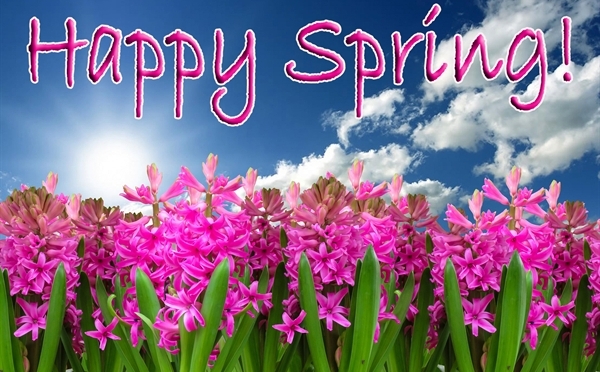
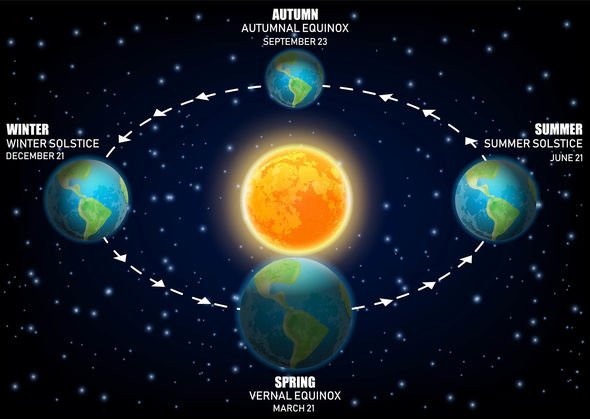
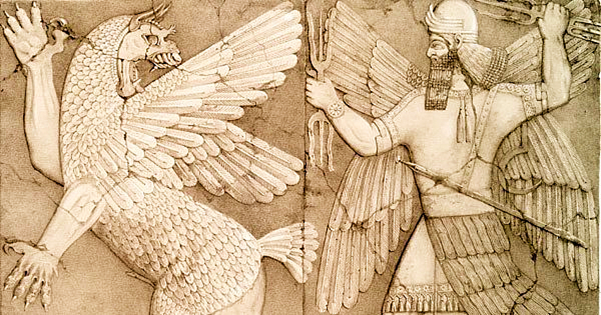
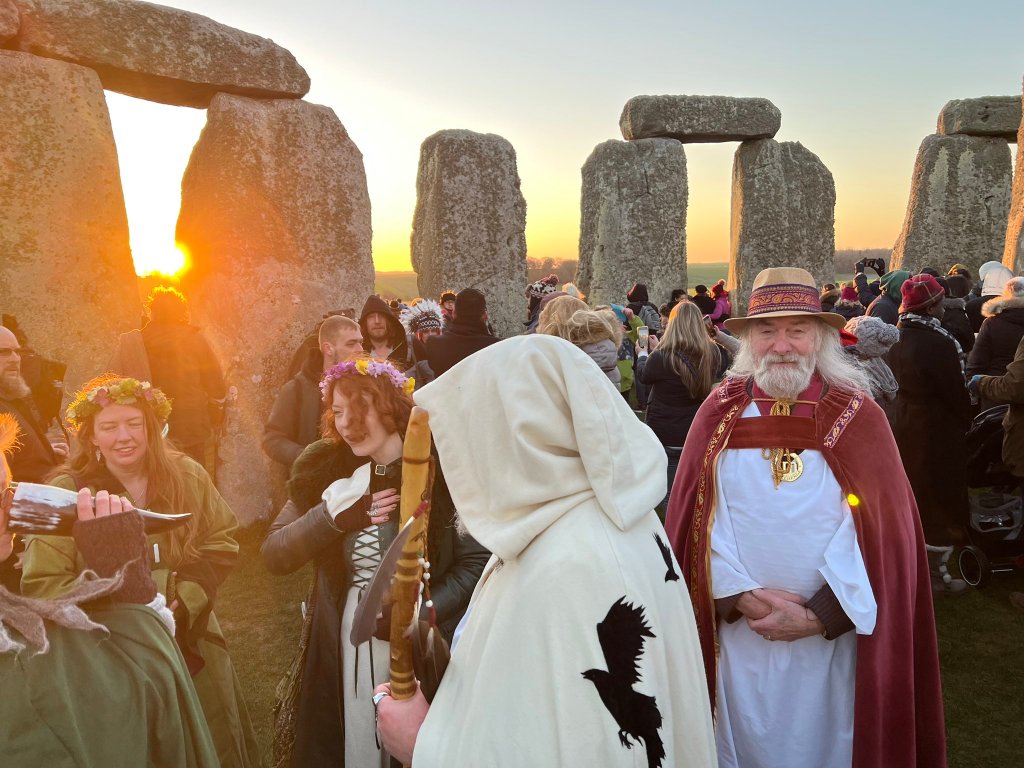
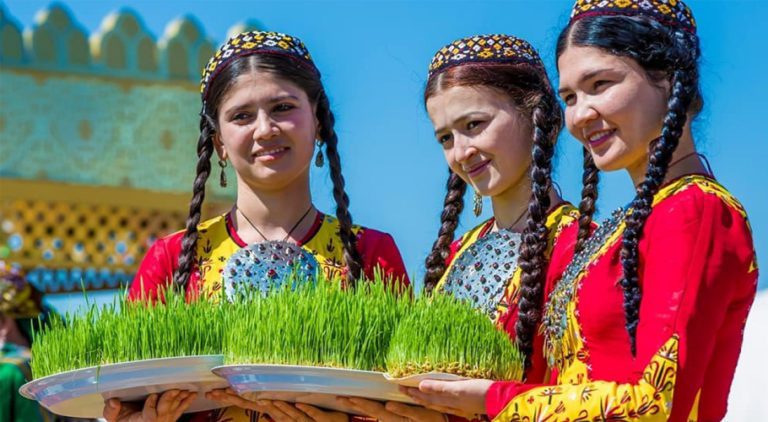
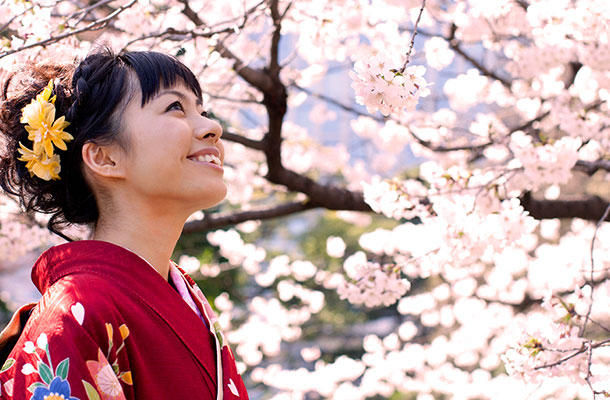
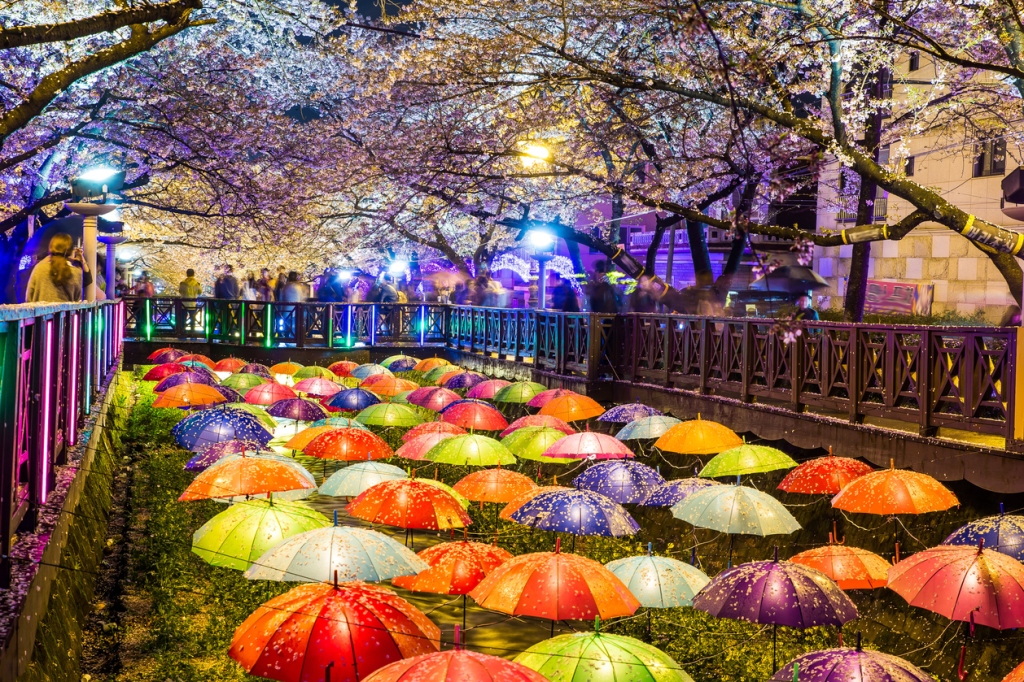
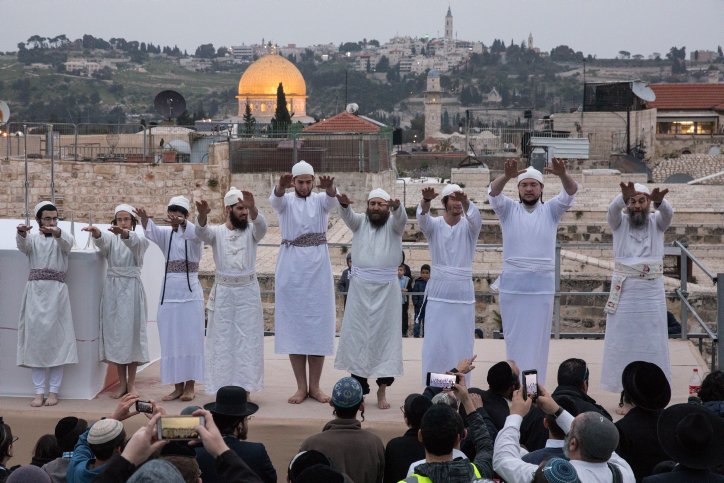
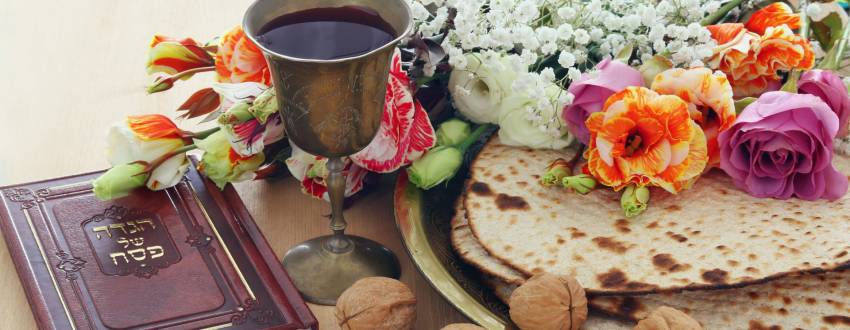
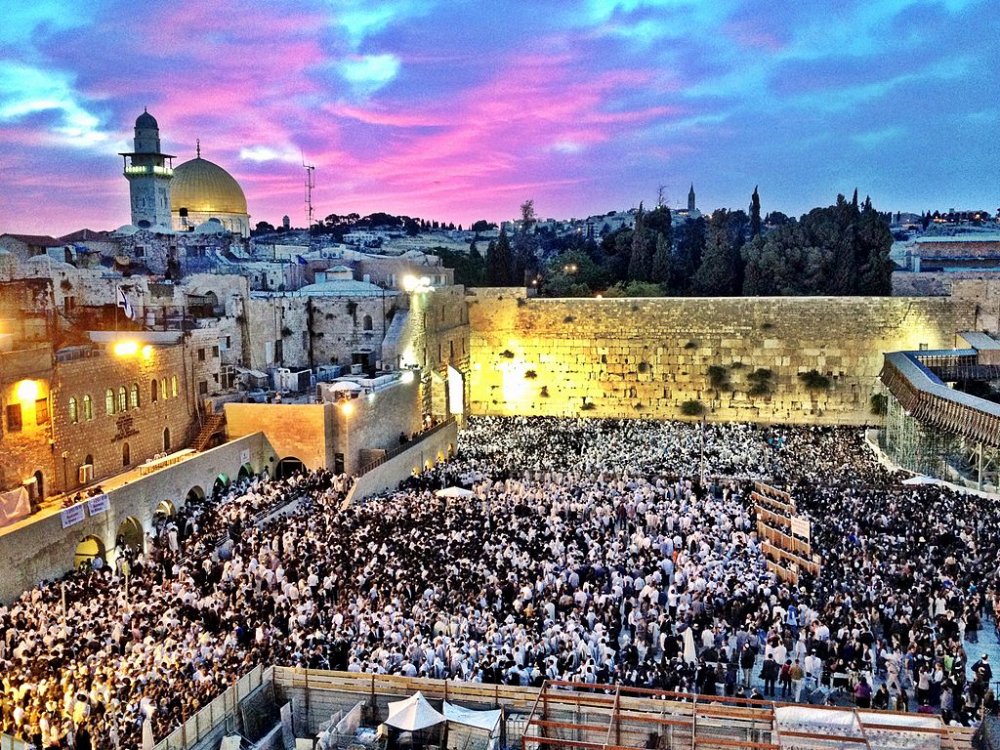
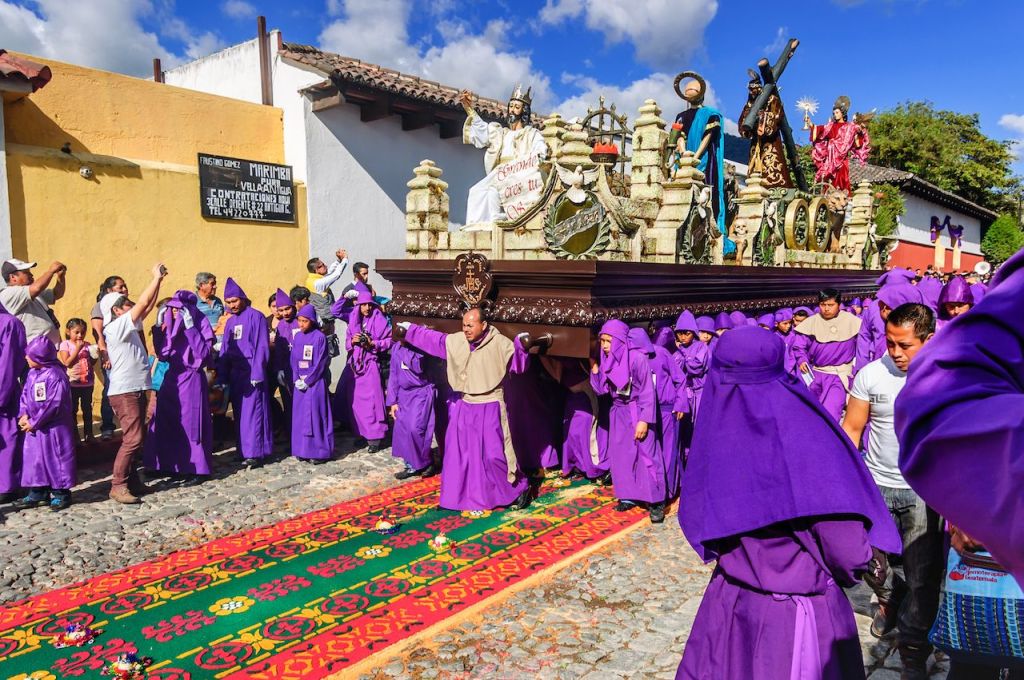
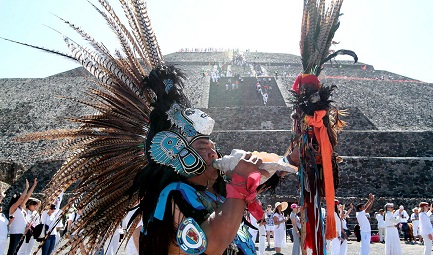
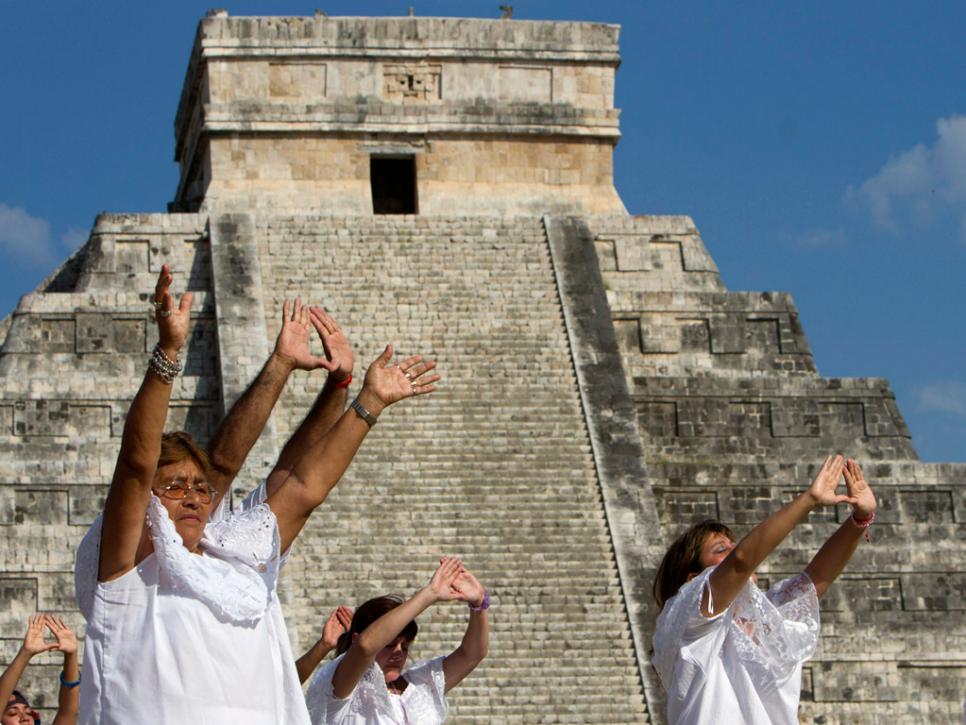
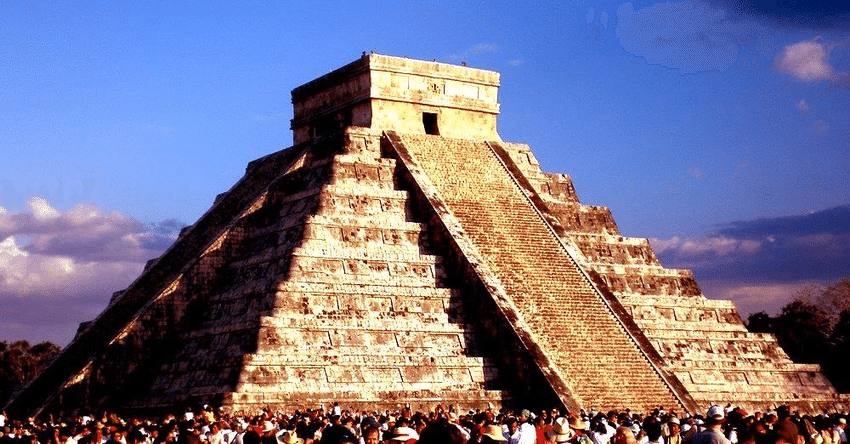
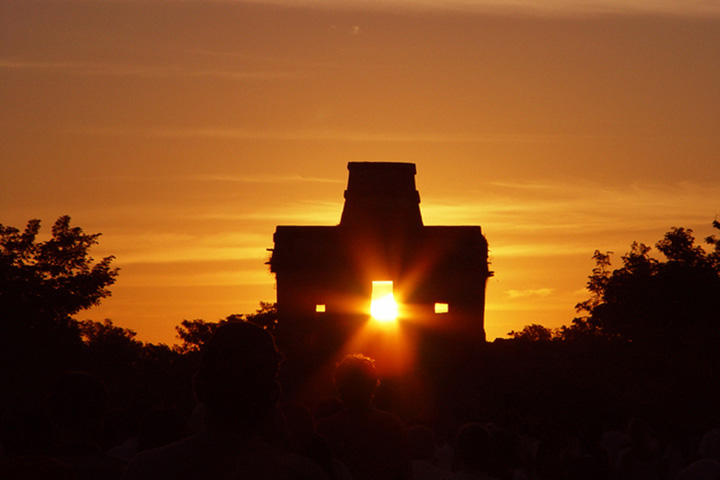
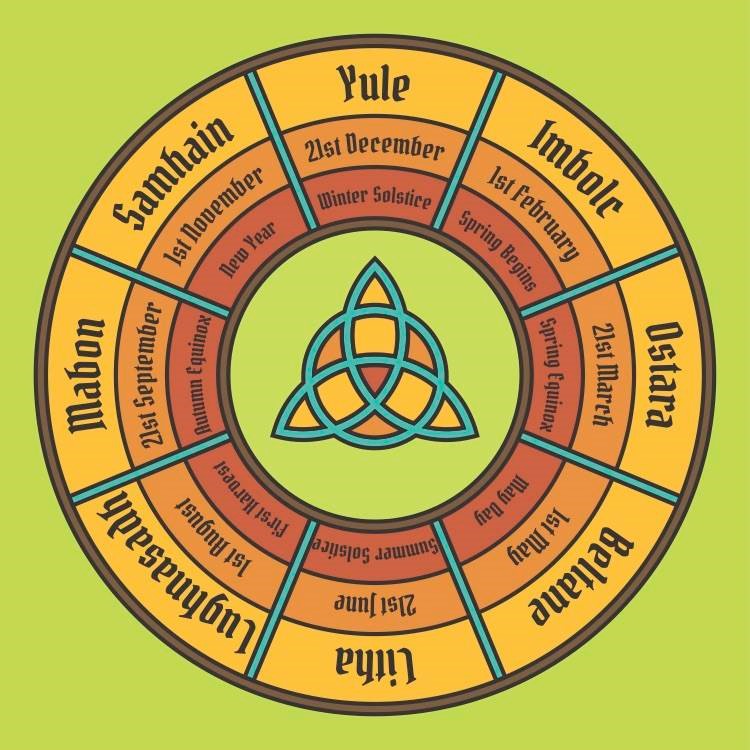
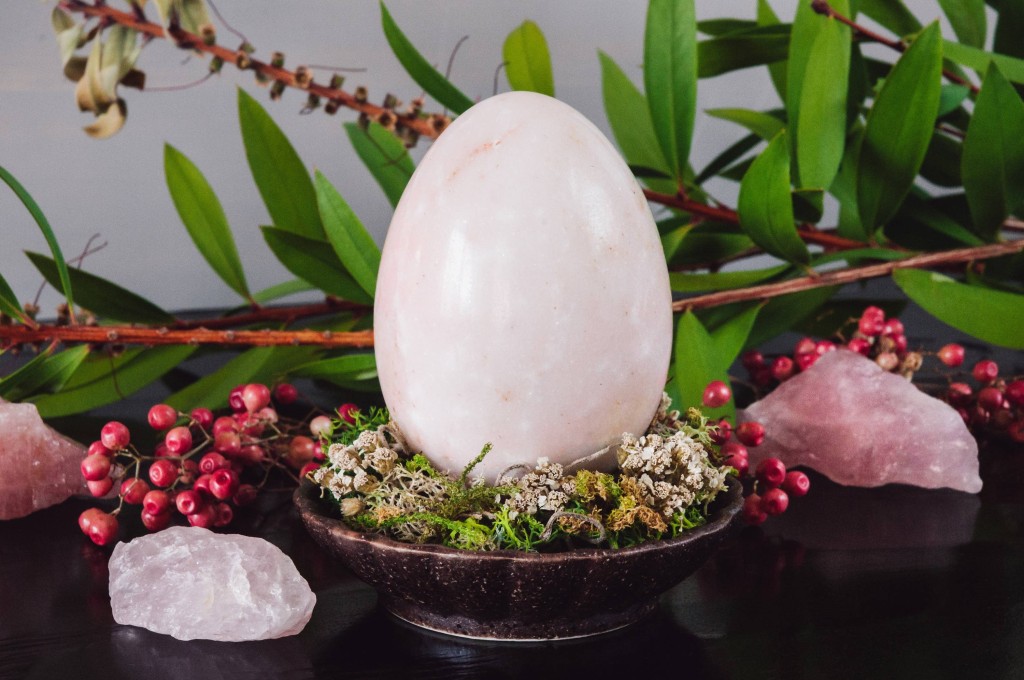
Amazingly multi-cultural ceremonial time, across civilizations and centuries. Nice article, I enjoyed it.
LikeLike